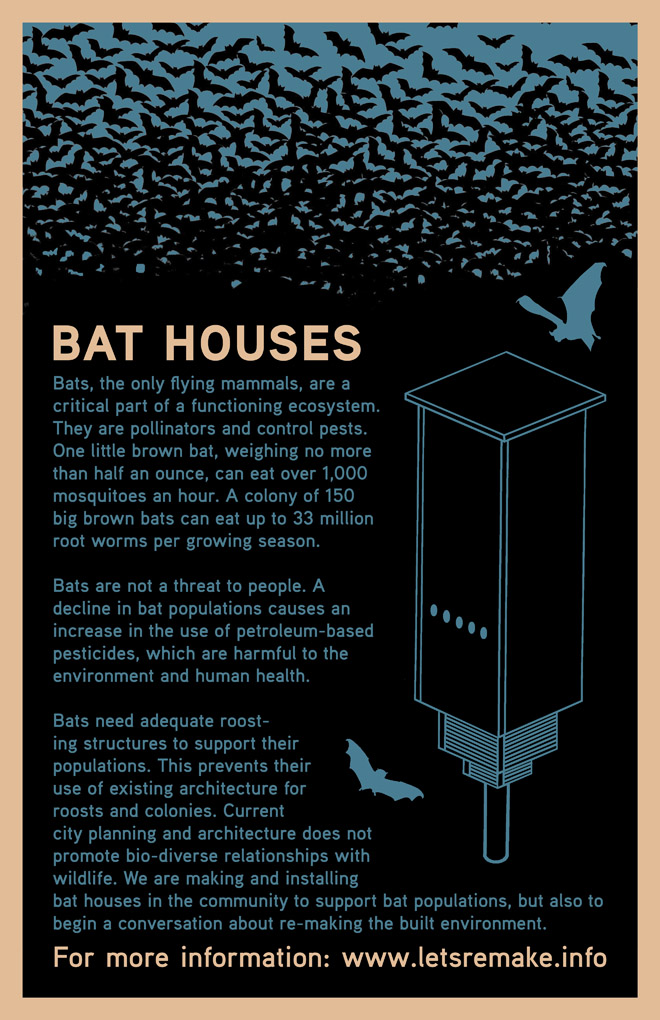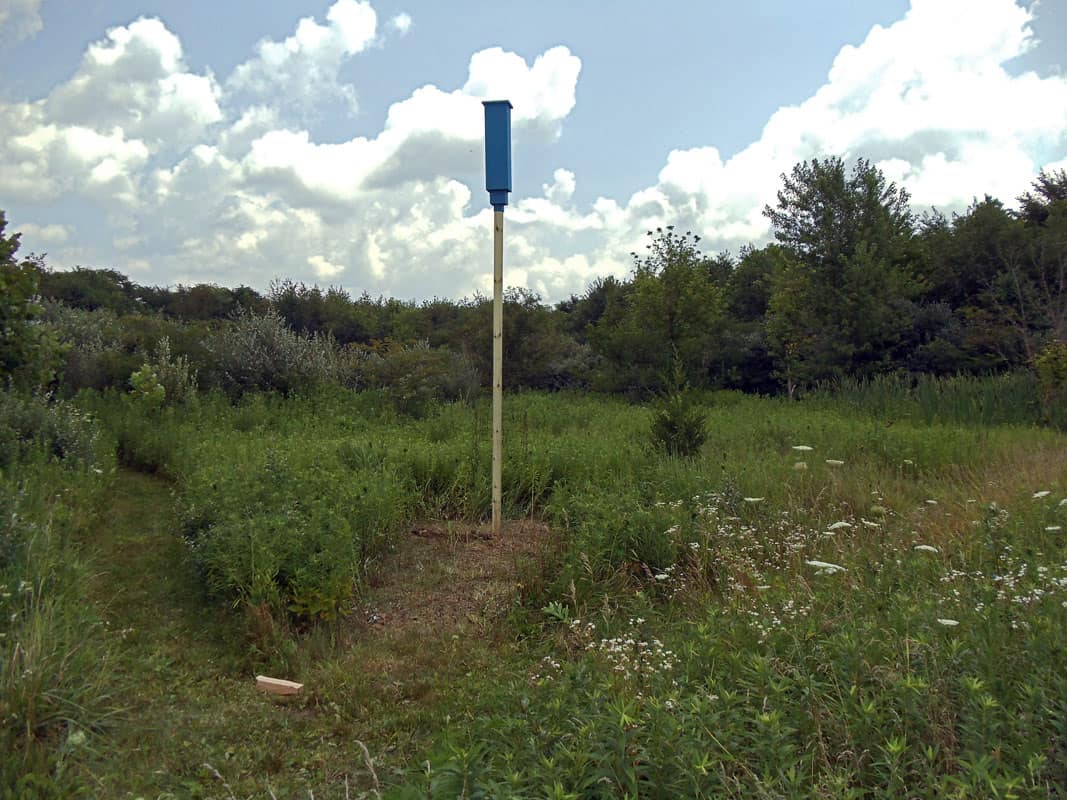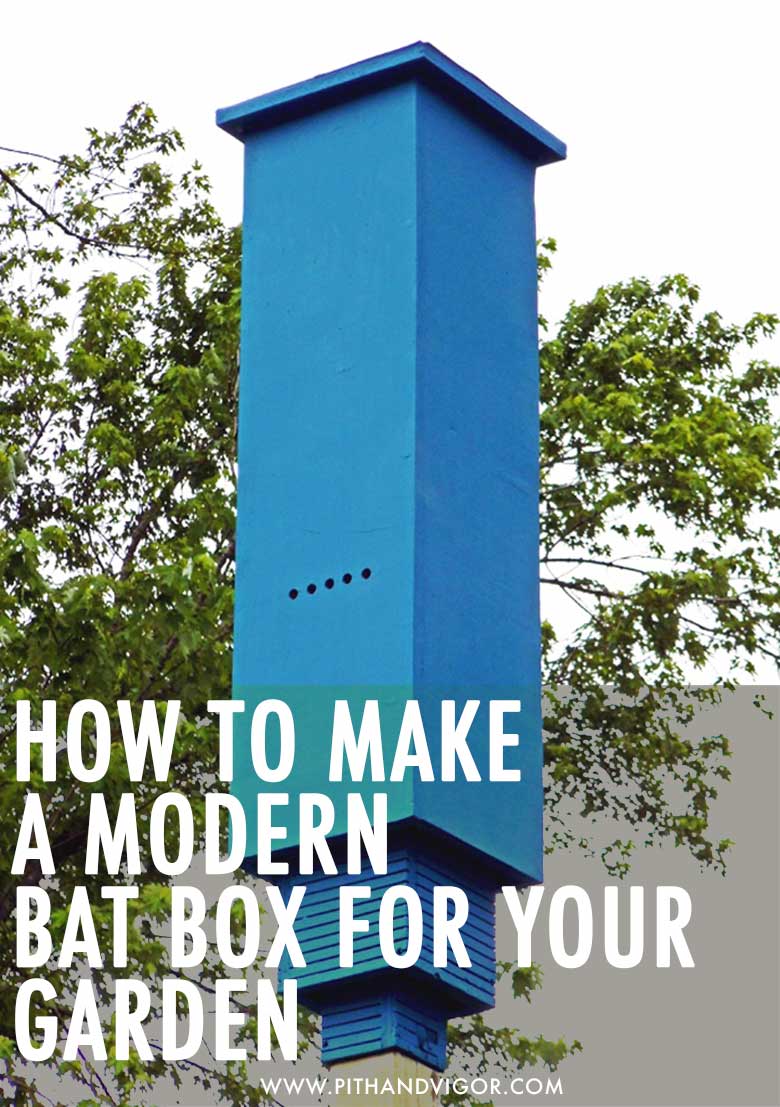So everyone knows that we need to save the bees. And pollinators too. But what are all the pollinators? Well, the list is long, and it does include lots of butterflies, but it also includes bats.
Bats are fascinating. To watch their jagged flight patterns as they dart and dive for mosquito food is a fascinating way to spend an early summer evening. They don’t come out until the light is low, so you only really see their shadowed outline, but you can tell what they are by the way they flap (much jerkier than a bird) and their jumpy flight.

Bats have been in serious decline due to disease (you can read more about White Nose Syndrome here) and pesticide use (taking away their food source).
There are efforts to control the spread of the disease around major bat caves and areas where scientists have identified an issue. These areas where there are large bat populations are particularly prone to disease infestation due to the sheer size and quantity of bats.
One answer to the crisis is to create many small bat houses. Since bats depend on each other’s body heat to warm their summer roosts, artificial roosts can be warmed efficiently by just a few bats and may help the populations recover.
There are plenty of inexpensive bat houses available online that will get you started with helping out the bats in your area. But this one caught my eye with its more interesting design.

How to Build a Two-chamber Rocket Box Bat House
You can build it yourself with plans found on Bat Conservation International’s website. (this is a link to a downloadable .pdf – these are free DIY plans to make a two-chamber rocket box bat house). If this one doesn’t strike you as much as it does me, you can also find other bat house plans.

You might also take inspiration from the Let’s Remake group in Urbana, Illinois. These pictures are from a group project where they made and installed a half dozen bat houses in their neighborhood. Community efforts like this tend to be more effective than individual efforts as you build a little momentum within the community (of bats) and can more quickly re-establish a healthy population.
Why do you need more bats in your Ecosystem and Garden?
Bats are pollinators like bees and butterflies – they make sure other plants grow and develop properly.
Bats eat mosquitos and lots of other insets. They help restore the natural inset balance – without pesticides.
Like Birds – they help disperse seeds for native plants.
And lastly – the poop – It is called guano, and it is an excellent fertilizer. It typically contains 10 percent nitrogen, three percent phosphorous, and one percent potassium. It lasts a long time in the soil, and it’s particularly beneficial to your flowers, ornamentals, herbs, and veggies.


Related Posts:
Share This Post:

I’ve never even heard of a bat house before! This is such a neat idea. I sadly don’t have the space for one of these, but I’d gladly build one if I did.
There are plenty of smaller ones – like the size of a small mailbox – that are also easy and helpful ( I just liked the look of this bigger one)